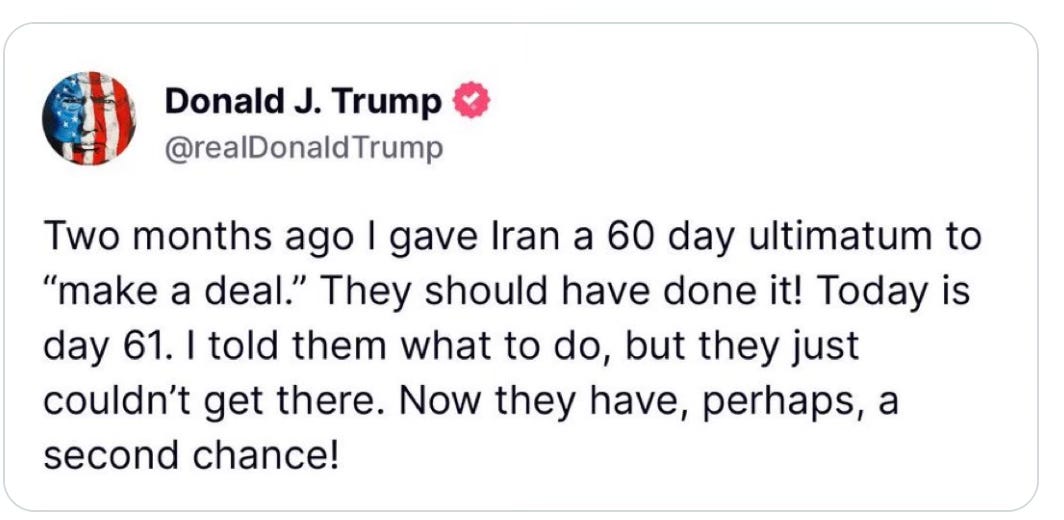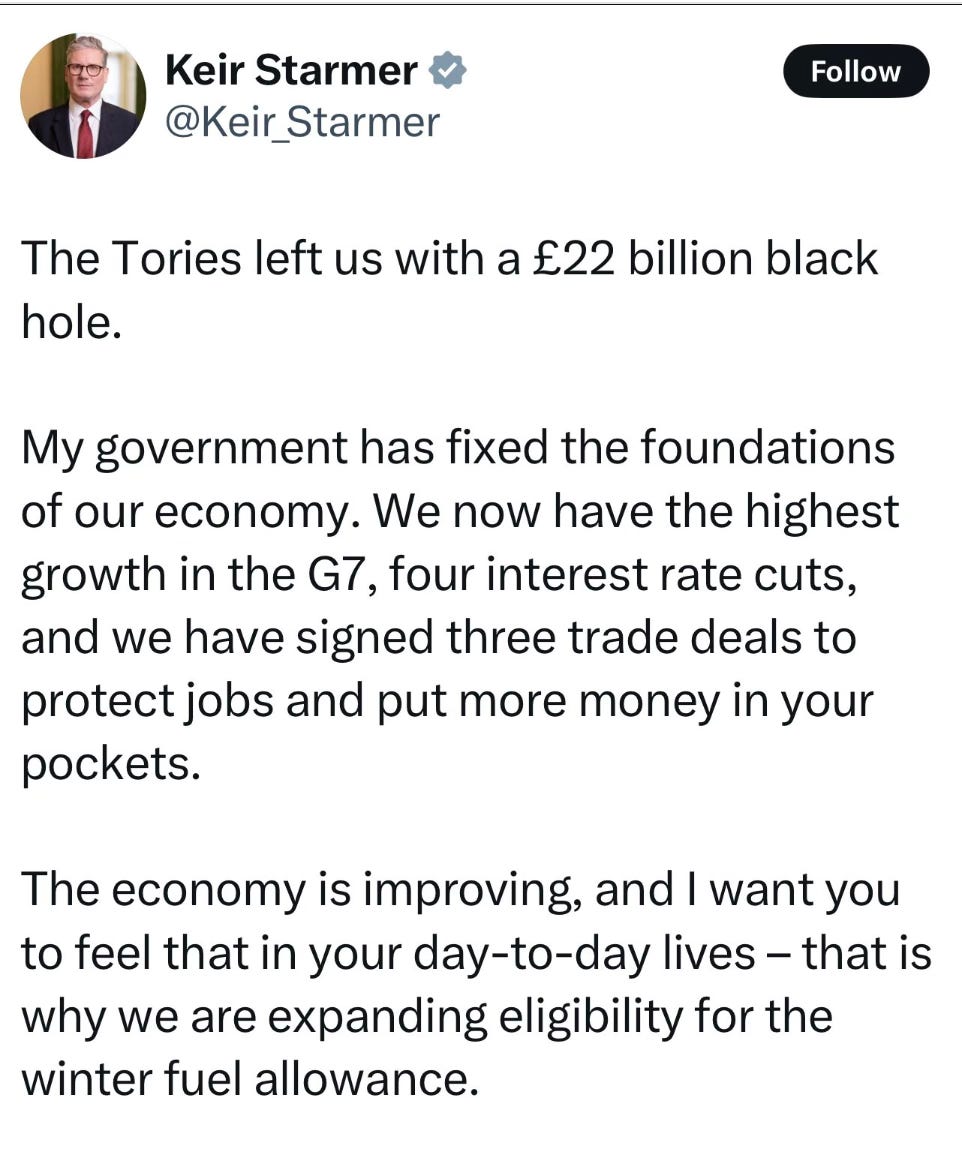David Vance SubstackRead More
Eco-lunatics such as UK Energy Secretary Mad Ed Miliband insist that Solar energy constitutes a real and lasting alternative to the more traditional gas and oil. But this is entirely detached from economic reality! There are some critical flaws in Solar power and it’s time to shine a little light on these!
The intermittency of Solar energy remains a critical flaw, as it only generates power when the sun shines, leaving grids really vulnerable during nighttime or cloudy periods, a challenge that Danielle Smith, Alberta Premier, implicitly highlights through the lens of battery storage costs.
The financial burden of battery storage to address this intermittency is staggering, with Alberta’s $12 billion price tag for just one hour of storage reflecting broader global trends; a 2023 report pegs utility-scale battery costs at $300–$500 per kWh, making full renewable reliance economically impossible.
Scaling this to the UK’s 70 million people could balloon costs to $190 billion for a single hour of storage revealing the absolute impracticality of solar-plus-battery systems for large populations without massive subsidies or huge price hikes.
Solar’s land use demands also pose significant challenges; a 2022 study from the University of California found that utility-scale solar projects require 3–10 acres per megawatt, often clashing with agricultural or ecological priorities and fuelling local opposition. Carpeting over prime agricultural and to “save the environment” is demented. if not evil!
The environmental impact of solar panel production also undermines its “green” label; manufacturing relies on energy-intensive processes and materials like silicon, which often involve coal-powered plants in countries like China, responsible for 80% of global solar panel production.
Battery production for solar storage further compounds this issue, with lithium mining linked to water depletion and ecosystem damage.
Solar energy’s grid integration struggles are well-documented, with its intermittent output causing voltage swings that threaten stability; a 2024 ARKA360 analysis notes that even advanced solutions like smart inverters and reactive power control haven’t really resolved these issues, leaving grids reliant on fossil fuel backups.
The economic promise of solar often falls short for consumers; while installation costs have dropped, hidden expenses like maintenance, inverter replacements, and grid fees erode savings, especially without sufficient battery storage.
Policy-driven solar adoption, such as we have here in the UK with the Net Zero targets will overburden taxpayer whilst causing energy shortages!
Solar’s scalability is the core problem for energy-intensive economies, as its reliance on weather and daylight limits its role. Alberta is the canary in the solar coal mine, we should listen carefully to what Danielle Smith has to say.
***I put out at least three articles a day. If you enjoy all this can I ask you to consider to becoming a PAID subscriber, it’s only £5 a month, you can cancel if you don’t enjoy it but I know you will. I want to thank the kind people who already do this, without your help this becomes impossible. Thank you in anticipation of your support***





































